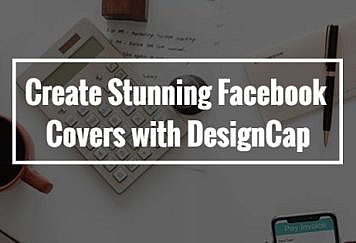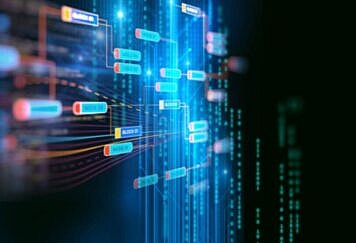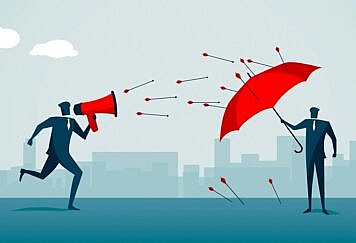ChatGPT, which launched in 2022 was met with an unusual dissenting concern: The product was a little too good. Designed to imitate human speech to produce information that reads as though it has been human-generated, ChatGPT takes AI technology to the next level.
In doing so, it, and the many iterations to follow pose an existential threat to work that used to be the exclusive privilege of humans. Creative gigs. Like (and we take no pleasure in raising this possibility) writing?
In this article, we take a look at where AI is at, and if it poses a threat to creative jobs.
What AI is Good At
It’s important to understand that AI isn’t a disembodied brain hovering in the vague open air of cyberspace. It’s software—programs that rely on pattern recognition to produce results that seem human. AI-generated text or imagery can seem very convincing. However, even at its best, the results are simply the results of shaping a pattern into something that we the viewers recognize as being creative or artistic.
Sometimes that can be convincing. You often see AI-generated portraits on social media sites. The results look like something that crawled off Van Goh’s brush but they are a fun way to pass the time while you wait in line at the grocery store.
Text-generated AI— certainly the technology the team that brought you this article is concerned with— is used primarily in customer service. Why?
Well, there are plenty of reasons, but the primary one is that customer service considerations fall into predictable forms of communication. When you ask a question to even a very good ChatBot, they aren’t thinking the answers through. They are perusing databases to find your answer, and then packaging it in a format that looks human-generated.
Basically, they behave like a search engine.
Now, in an era where the media we consume has become increasingly formulaic, it’s not so hard to see the potential for AI to work its way in. ChatBot might very well be the pen behind Avengers 39.
For now, though, it’s mostly just a search engine with a little bit of personality thrown into the mix.
Jobs that Seem Safe
There are limitations to AI that do seem to preclude the technology from taking over artistic jobs. Of these, the most obvious is that AI is an intangible product. It lacks arms. This will naturally keep it from pursuing huan artistic behaviors that require physical manipulation of materials. Painting, sculpture, etc.
There are, of course, exceptions to every rule. This time, that exception is named Ai-Da— an invention dubbed the “first humanoid robot” by the media. Ai-Da launched in 2019 and has the ability to move, communicate, and track and evaluate facial expressions with cameras located in its eyes.
It’s also unsettling to look at.
Ai-Da hasn’t put traditional forms of art production to bed. In fact, she hasn’t produced anything that the art community has dubbed particularly compelling, safe for the fact that the image was machine-generated.
Such is the case with many other forms of artistic expression. Creative writing. Film editing. Documentary production. AI can work loosely within all of these fields. But the results so far leave much to be desired.
AI continues to be excluded from the intangible quality that elevates and defines good art. The faint waspish buzzing underscores the sensation of truth in the form of a painting or good book. It just doesn’t understand people at the emotional level.
Yet.
The Future
We can’t just end on an ominous, “yet” can we? Here’s the deal: Right now AI probably isn’t going to be taking any “creative jobs.” There is AI-generated content out in circulation, but you can usually tell. It blends in well enough with lower-tier internet writing (Google has had subpar content since long before the machines threw their metaphorical hats in the ring) but it doesn’t pose much of a threat to working writers/graphic designers, etc.
That could change. One thing AI does pretty well is take in new information and use it to recalibrate its processes. “Learn,” in the sense of the word.
That’s what AI does. What we today call “pattern recognition,” might one day be called art.
Of course, just because something can happen doesn’t mean it will. The public response to AI-produced creativity, though sometimes distorted by the momentum of fad, is largely negative. It’s not just the finished product itself, but the very notion of AI entering into creative spaces that produce public discomfort.
This attitude may not last forever, but for right now, it along with the still glaring creative limitations of AI should keep artists in work for many years to come.
Follow TechStrange for more Technology, Business, and Digital Marketing News.





